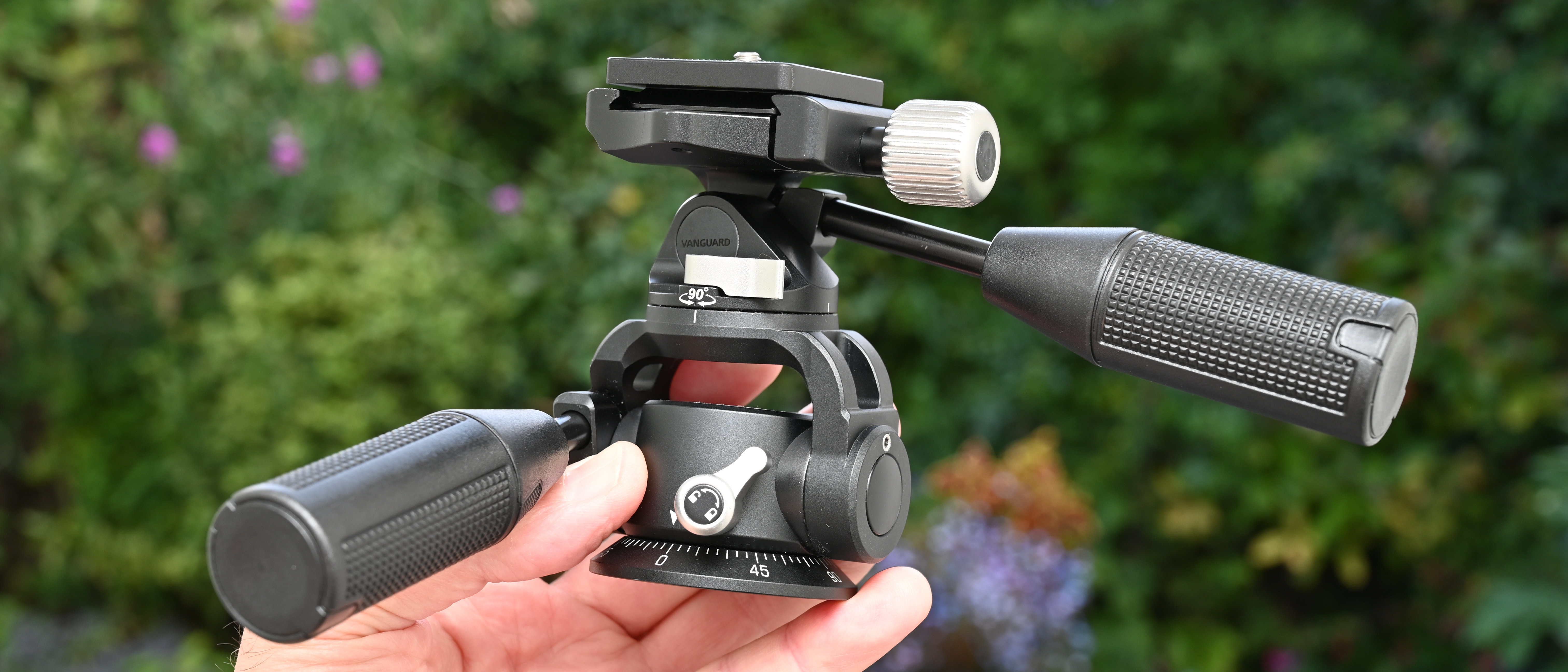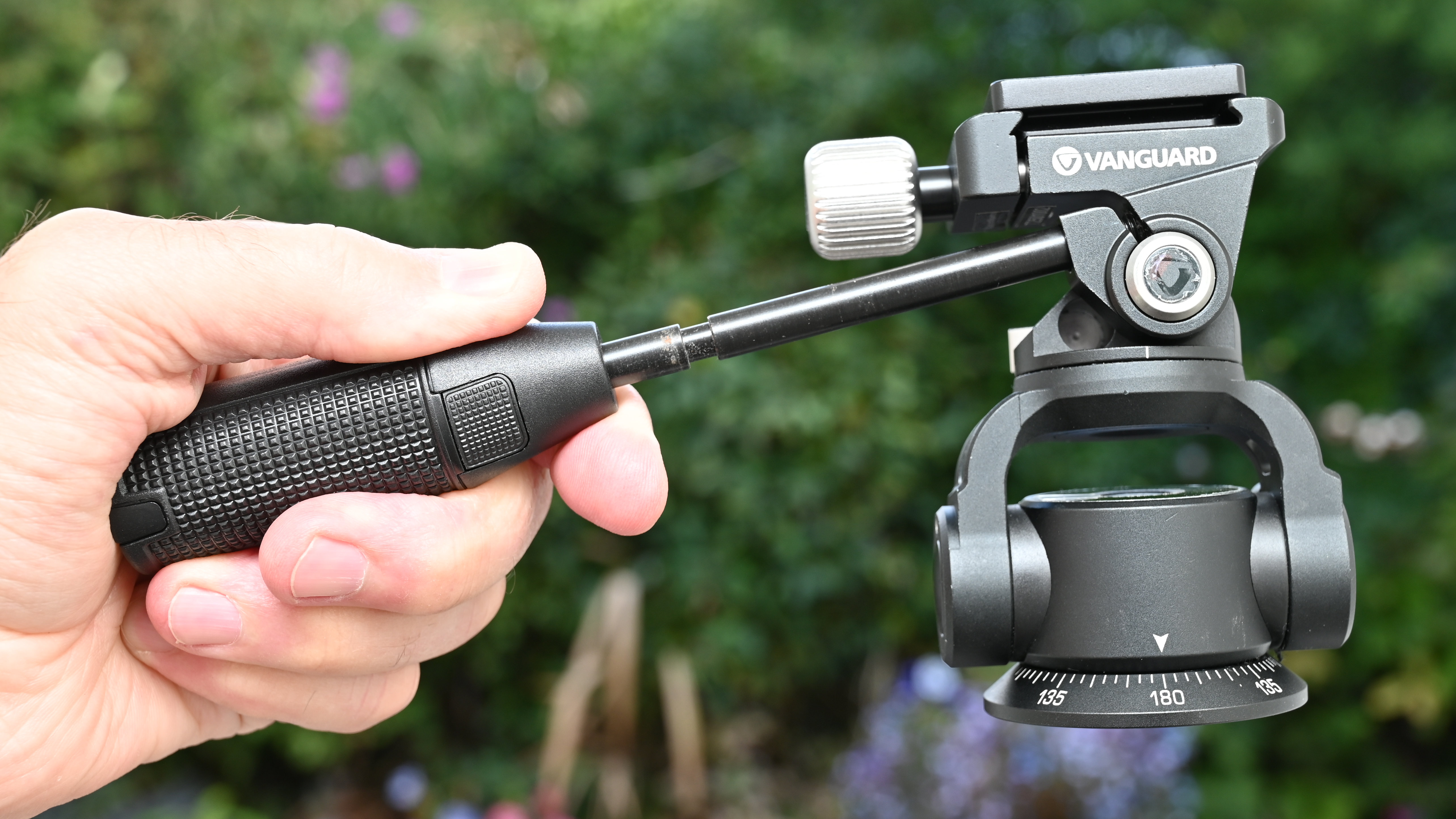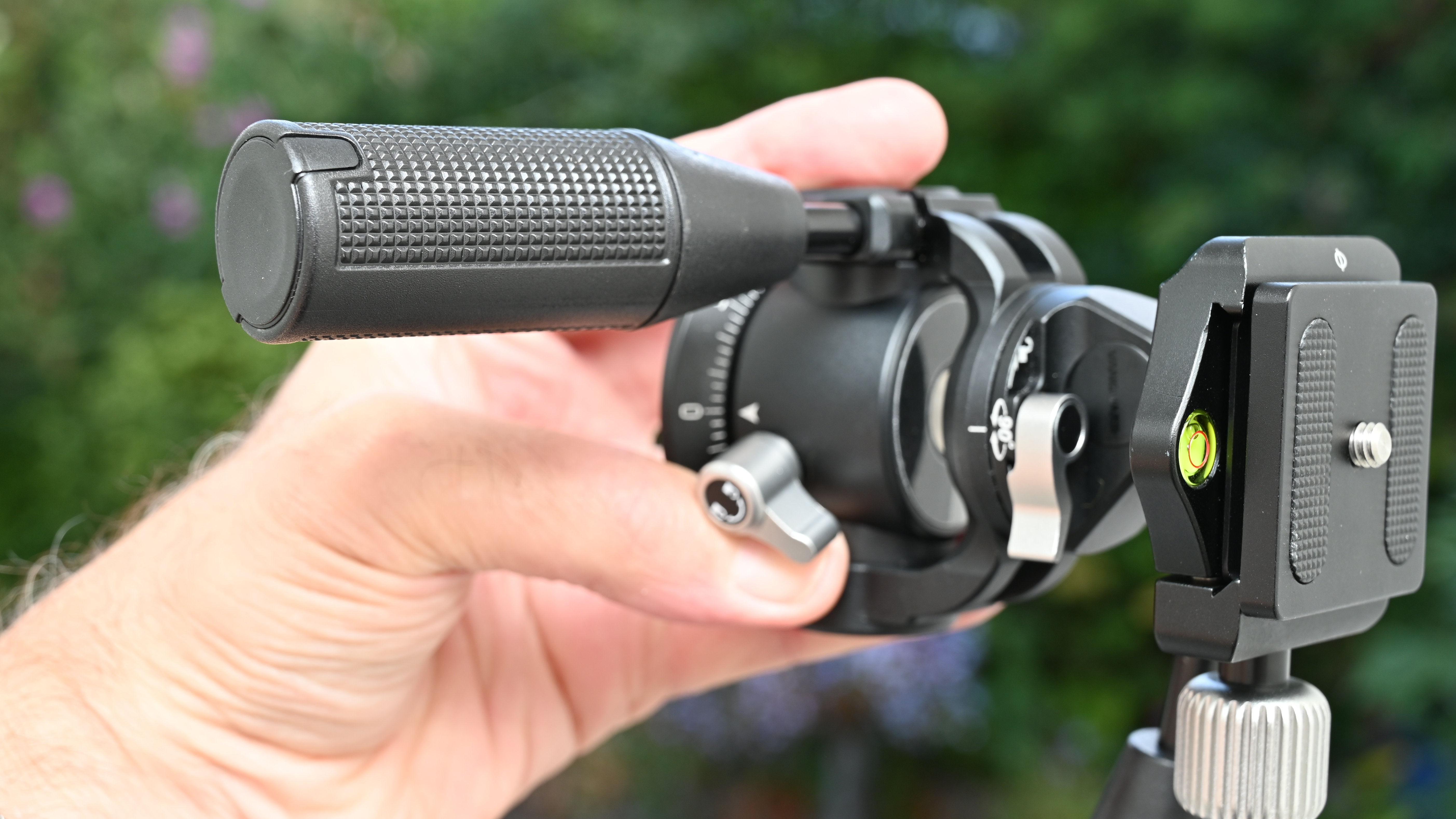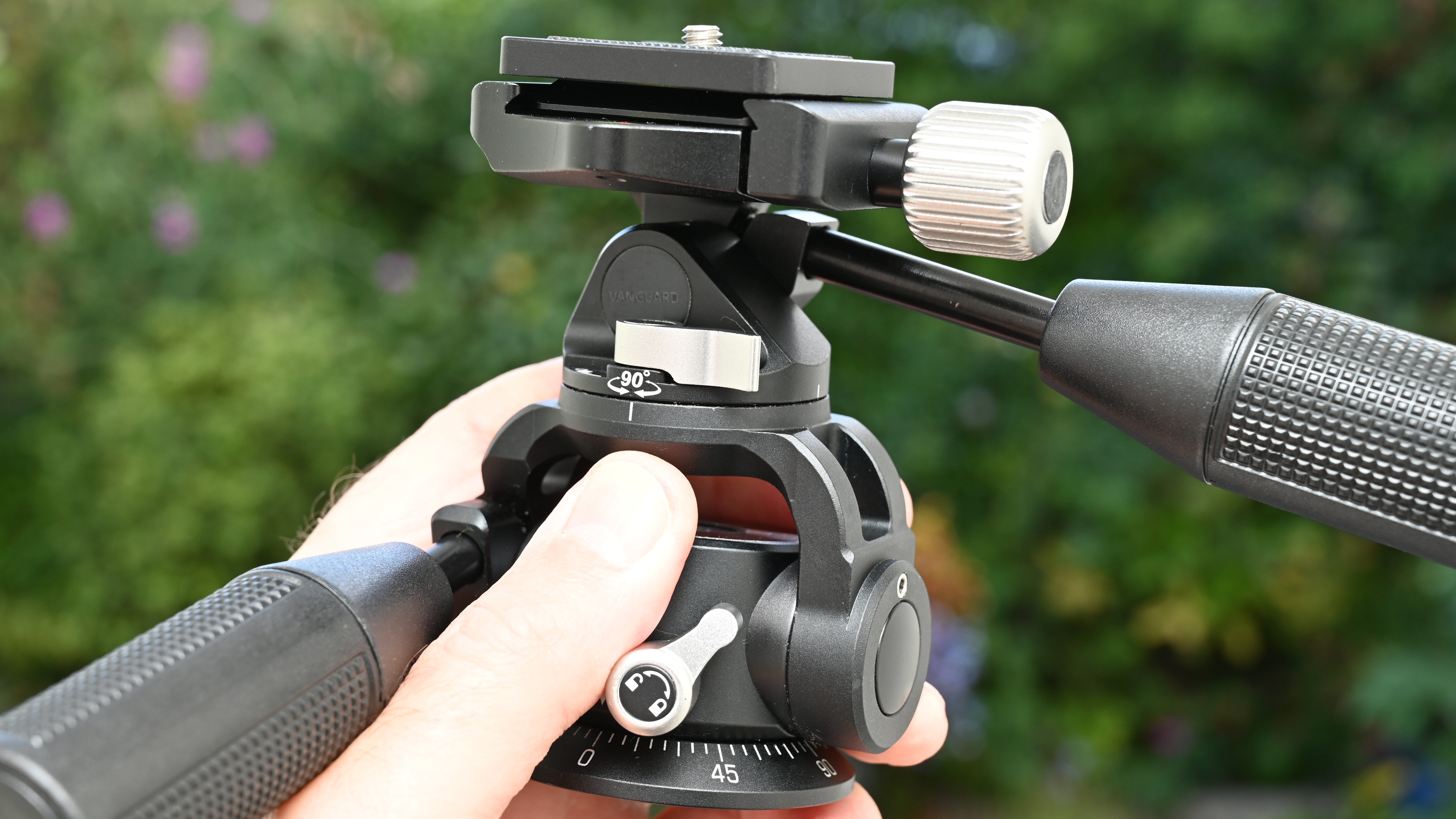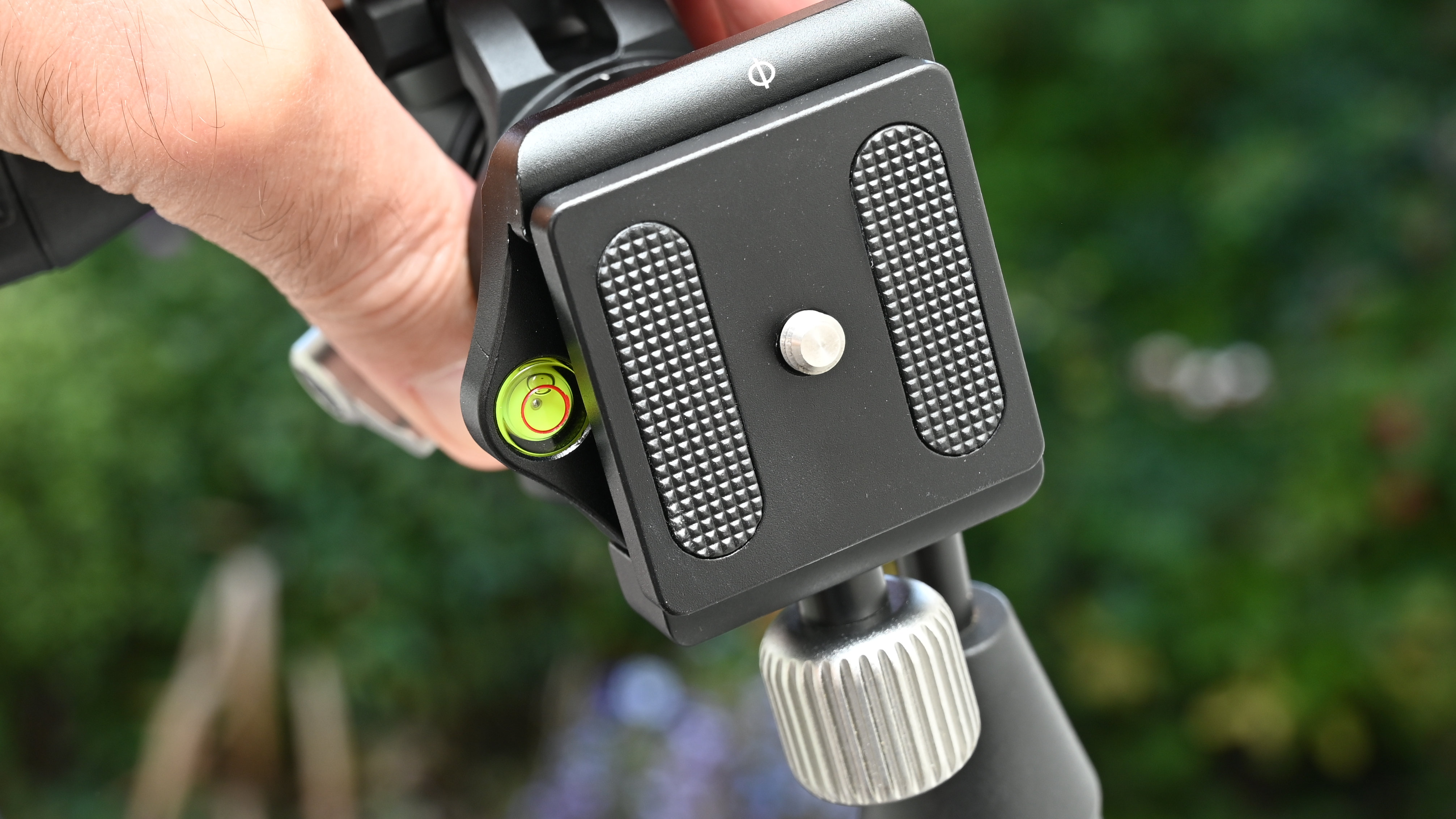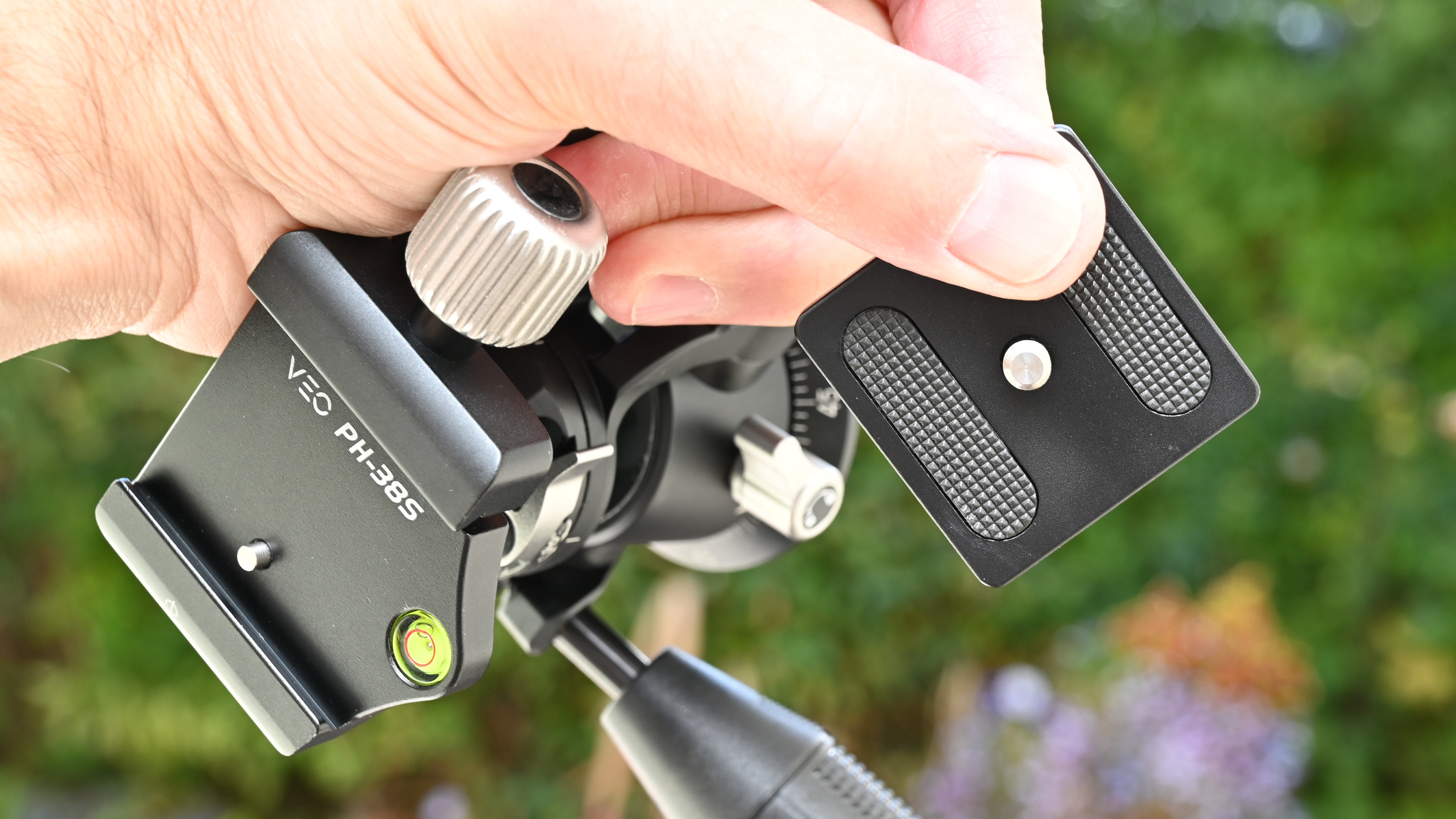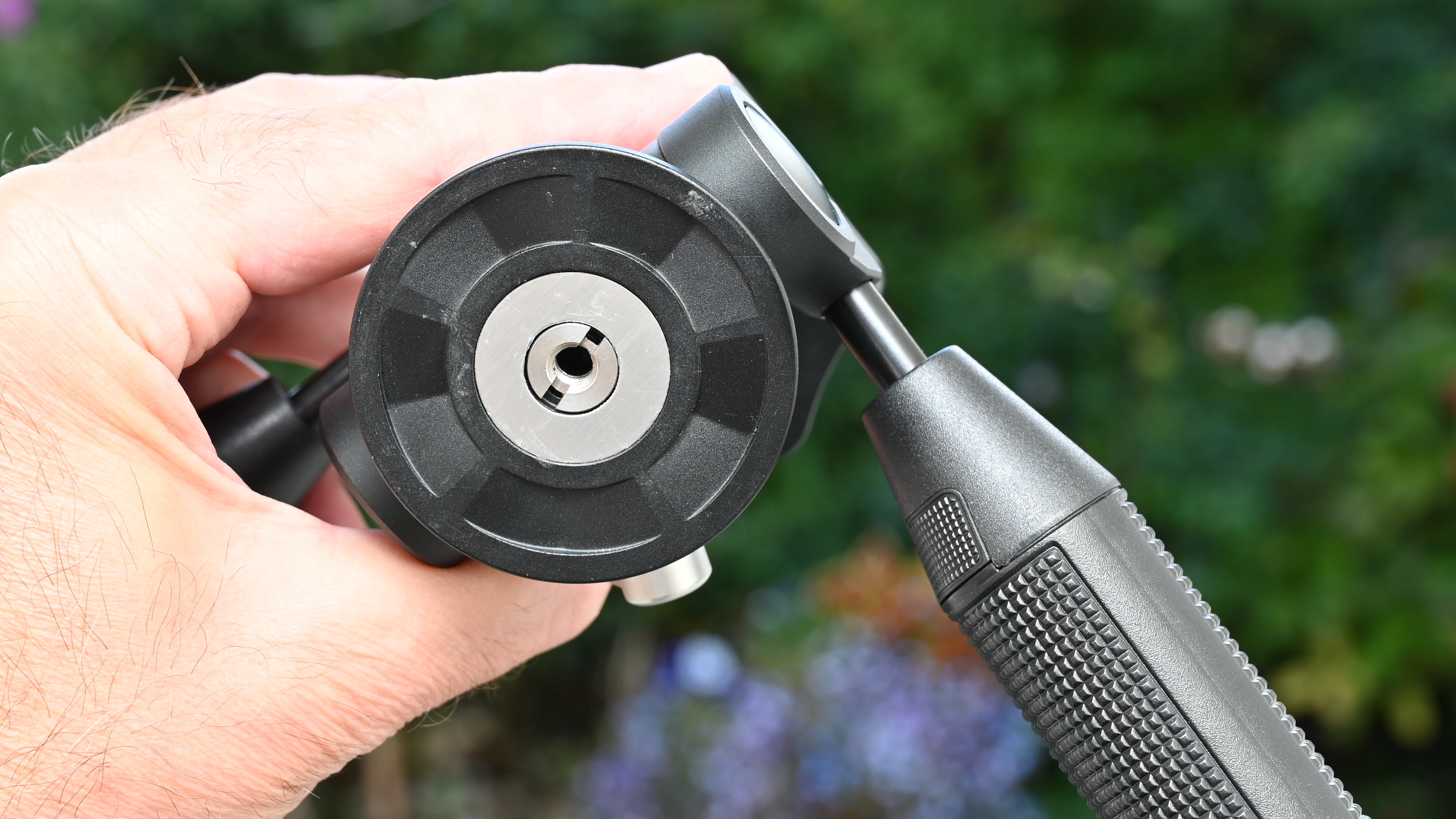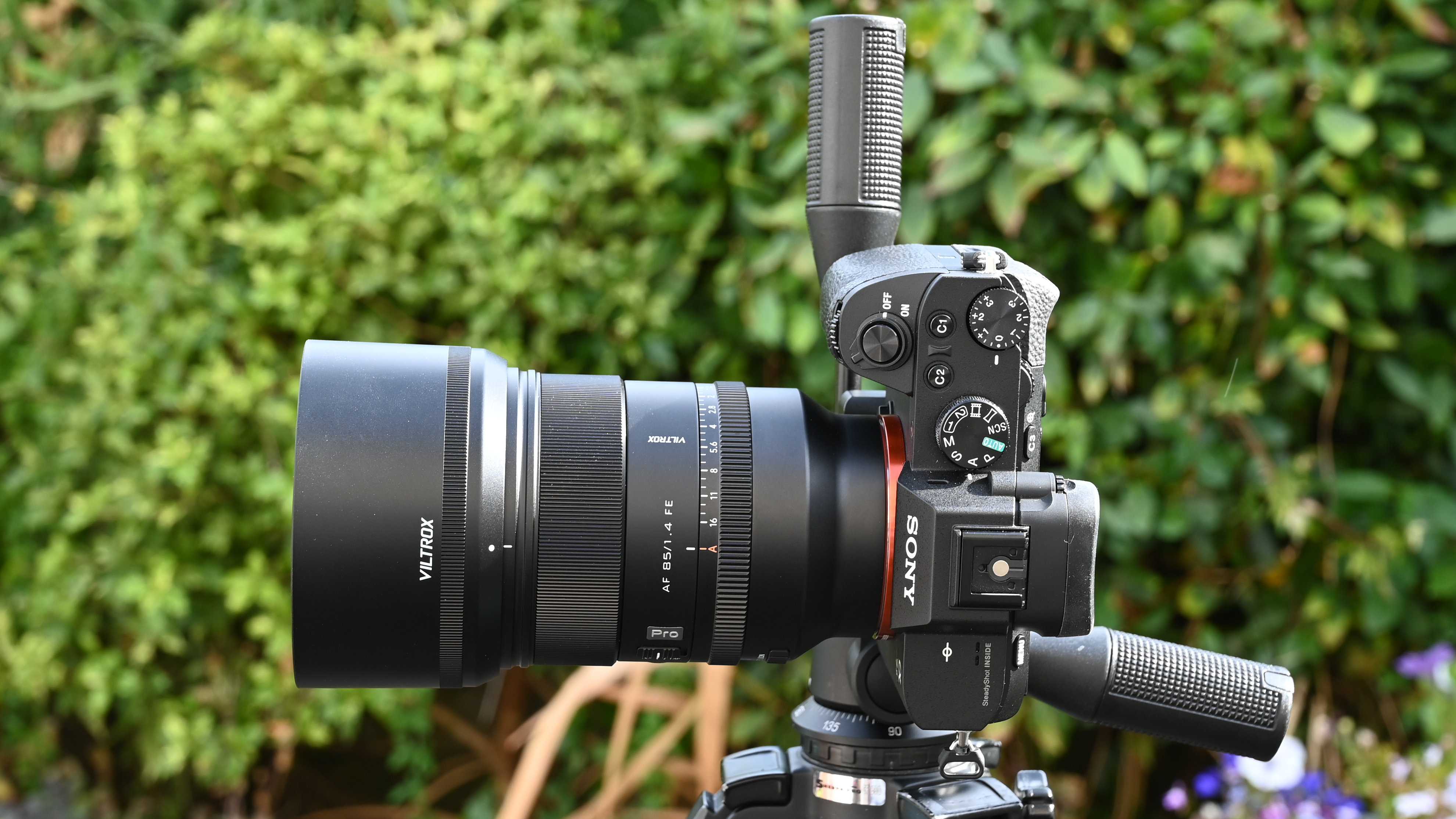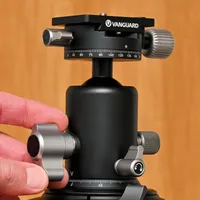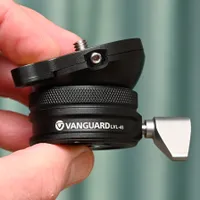Digital Camera World Verdict
The Vanguard VEO PH-38S 3-way pan head works as a traditional 3-way head that’s ideal for stills photography, but with an extra twist on the side (or rather on the top) in the shape of a secondary panning mechanism. That adds a little extra versatility but I found the upper panning facility a bit stiff in my review sample.
Pros
- +
Dual-axis panning
- +
Robust yet lightweight
- +
Retractable handles
Cons
- -
No tilt/swivel reference scales
- -
Stiff upper panning mechanism
Why you can trust Digital Camera World
Vanguard is a global company with headquarters in Myanmar and branches in many other countries around the globe. It’s been making high-quality tripods and other photographic accessories as well as the likes of binoculars, spotting scopes and gadget bags, building up an extensive catalog over the last 40 years or so. The company has a knack of dreaming up innovative ideas and successfully turning them into useful products. A case in point is this Vanguard VEO PH-38S 3-way pan head, which is almost like a 4-way head, thanks to its dual-axis panning system. As such it aims for a spot in the best 3-way heads hall of fame, and then some. Let’s take a closer look.
Vanguard VEO PH-38S 3-way pan head: Specifications
Material | Aluminum |
Maximum load | 10kg / 22lb |
Base diameter | 58mm / 2.28in |
QR Plate type | Acra-type |
Locks | Tilt, pan, swivel |
Bubble/spirit levels | 1 bubble |
Height | 11.1cm / 4.4in |
Weight | 0.65kg / 1.42lb |
Vanguard VEO PH-38S 3-way pan head: Price
What price a good 3-way head? It often depends where in the world you’re buying it. For example, Manfrotto products tend to vary considerably in price from one world region to another. As such, the Manfrotto X-PRO 3-way head costs $220 in the USA and £129 in the UK. It’s therefore very good value in the UK, less so in the USA. This Vanguard head is currently priced more competitively in the States, at $160 but is still pretty good value at £150 in the UK.
Vanguard VEO PH-38S 3-way pan head: Design & Handling
Although ‘different by design’ and decidedly innovative, the Vanguard does include a feature that I like and have seen before in various other 3-way heads. I’m talking ‘retractable handles’. The levers for both tilt and swivel have long metal shafts with comfortably large and grippy textured knobs. Better still, the knobs extend and retract along the shafts, with locking positions at each end. The bonus is that you get more leverage for easy and precise adjustments when they’re extended, along with space-saving retraction for stowage.
The tilt and swivel handles have the same textured knobs, although the shaft of the swivel handle is a little longer. Both have a fairly generous range of overall movement, equating to -30 degrees to +91 degrees. The larger 91-degree directions offer vertically downward shooting (front/back) and portrait orientation shooting (lateral) respectively, the latter without the need for using an L-bracket. It’s good as far as it goes although some might miss the provision of marked reference scales, which can be handy for replicating a previous setup.
The main panning mechanism fits with tradition by being at the bottom of the head. Unlike tilt and swivel, this one is calibrated. It’s numbered at 45-degree intervals with large lines at 15-degree intervals and short lines at 5-degree increments. There’s a small locking lever for the lower panning mechanism, which is very different from the large handles for tilt and swivel.
The tricked-up bit of the design is the secondary panning mechanism, which is situated between the tilt and swivel mechanisms, a bit like the filling of a sandwich. But why would you want this anyway? For one thing, you can rotate the upper handle on its X-axis so that both of the long handles are in line. This saves the levers sticking out in two directions and is more ideal for use with an L-bracket or a large lens that sits on a tripod mounting ring. In both cases, you don’t need a lateral swivel adjustment, as that’s taken care of. Vanguard points out that you can also configure the tripod head for left-handed use by laterally rotating the upper handle through 180 degrees, in relation to the lower one.
Up on top, there’s a single bubble level. This is less useful than a combination of three spirit levels, at least when it comes to leveling the camera in portrait orientation. In regular landscape orientation as well as when using an L-bracket or a lens with a tripod mounting ring, the bubble level is perfectly sufficient.
The best camera deals, reviews, product advice, and unmissable photography news, direct to your inbox!
For attaching a camera, the head features an Arca-Swiss type quick-release plate, which ensures the greatest amount of universal compatibility. A growing number of L-brackets and the feet of tripod mounting rings now use this system, so you can slot them straight into the head without even using the quick-release plate. A security pin in the base avoids the QR plate sliding out accidentally, and it retracts when using other kit, if it needs to fit flush with the base and there’s no clearance for the protruding pin.
The bottom of the head has the usual circular profile for attaching it to a set of tripod legs, and a diameter of 58mm. That’s a good match for like-minded, heavy-duty tripods, the head having a 10kg / 22lb payload rating. A smaller version by the name of the Vanguard VEO PH-36S 3-way pan head is also available which has a 6kg / 13.2lb payload rating and a 50mm diameter base.
Vanguard VEO PH-38S 3-way pan head: Performance
For conventional use, I found the Vanguard 3-way head worked really well. The telescopic arms for tilt and swivel enable enhanced handling, making it easy to apply very fine and precise adjustments, as well as more sweeping changes. The lower panning section also works similarly well. However, I’m less convinced about the upper panning section. After fully releasing the locking mechanism, I found the panning action was disappointingly stiff and lacked any kind of fluid feel.
Perhaps I was expecting too much, but I was hoping to be able to use this for panning when shooting video. An upside in this respect is that, so long as the lower tilt adjustment is leveled even on sloping ground, the upper panning mechanism keeps everything on the level when you’re panning, which is a boost for videography as well as for taking a series of shots to stitch into a panoramic image.
Over the last couple of weeks, I’ve been testing a number of 3-way heads with a Sony A7 II body and a Viltrox AF 85mm f/1.4 Pro lens. The combination weighs a not inconsiderable 1.4kg / 3.2lb and the lens doesn’t feature a mounting ring, so the weight shifts to being significantly off-axis in portrait orientation shooting. I found that the Vanguard head did an impressive job of supporting the load in both landscape and portrait orientation shooting, with minimal flexing or vibration. I checked this by manually focusing the lens and using an enlarged preview in the camera with image stabilization switched off.
Vanguard VEO PH-38S 3-way pan head: Verdict
I always think it’s nice to see things that are a bit different. The dual-axis panning facility in this Vanguard certainly gives it a novel look and feel, compared with the vast majority of 3-way heads on the market. If the upper panning mechanism worked with more of a fluid, free-flowing feel, my joy would be complete, as I’d feel the head was equally viable for shooting stills and video. That’s not really the case but, even so, it’s a highly impressive 3-way head that mostly works a treat and offers satisfyingly solid support.
Features ★★★★★ | There are neat features aplenty, including dual panning mechanisms, telescopic tilt and swivel handles and a bubble level up on top. |
Design ★★★★☆ | The design is innovative and build quality feels very convincing, based on CNC machined lightweight aluminum parts. |
Performance ★★★★☆ | Performance is highly impressive in almost all respects, save for the upper panning mechanism which feels a little stiff. |
Value ★★★★★ | Typical of Vanguard tripods, heads and other accessories, it’s great value for money. |
Alternatives
I’ve previously described the Vanguard VEO BH-250S as ‘a whole different ball game’. It’s a ball head rather than a 3-way head, but again features a dual panning mechanism, in this case making it easy to pan in videography even if your tripod legs aren’t leveled.
A neat alternative if you already have a satisfactory head is the Vanguard LVL Universal Tripod Levelling System. Available in a range of different sizes to suit various heads, it enables you to quickly and easily level the head even if the tripod legs aren’t leveled, and keep everything straight when panning.
Matthew Richards is a photographer and journalist who has spent years using and reviewing all manner of photo gear. He is Digital Camera World's principal lens reviewer – and has tested more primes and zooms than most people have had hot dinners!
His expertise with equipment doesn’t end there, though. He is also an encyclopedia when it comes to all manner of cameras, camera holsters and bags, flashguns, tripods and heads, printers, papers and inks, and just about anything imaging-related.
In an earlier life he was a broadcast engineer at the BBC, as well as a former editor of PC Guide.
- Adam WaringGuides Editor
You must confirm your public display name before commenting
Please logout and then login again, you will then be prompted to enter your display name.
